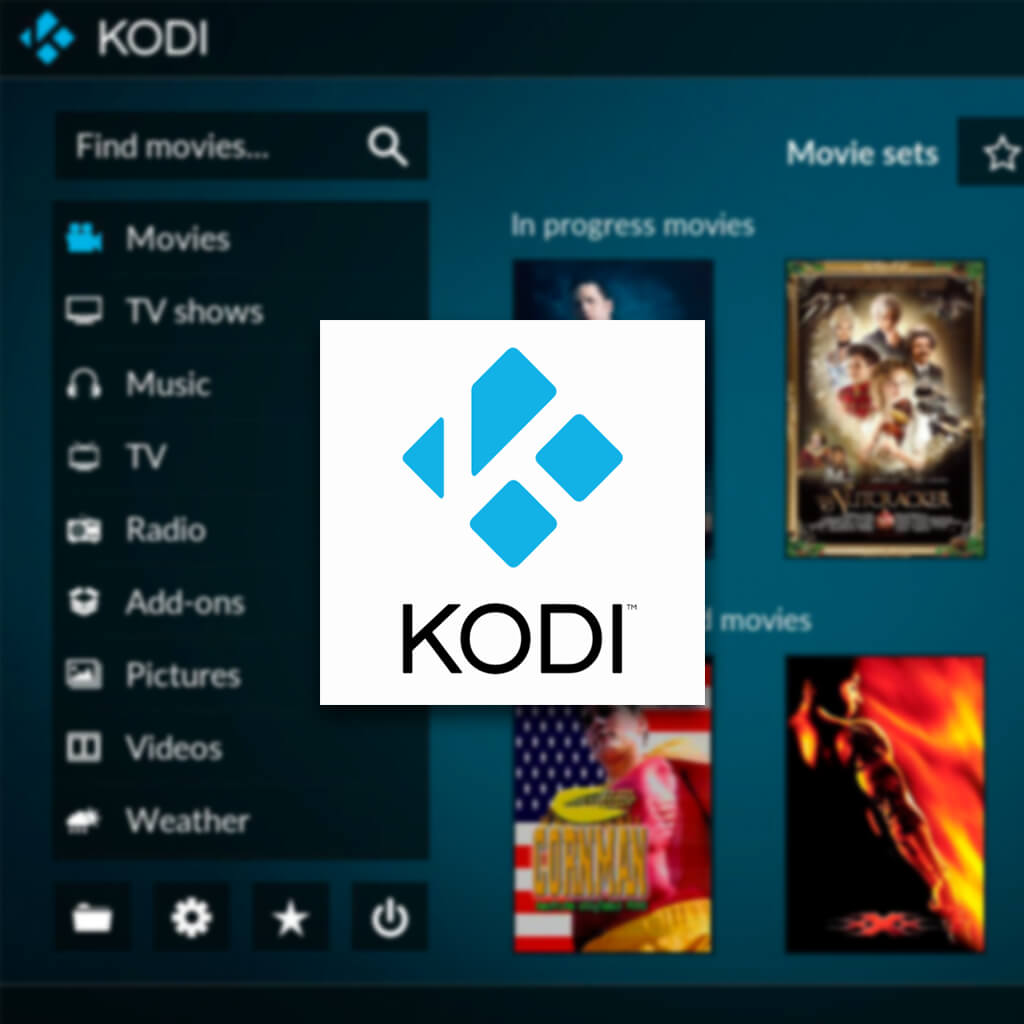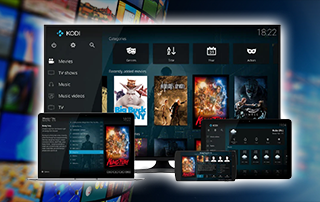

Step One: Install the MySQL Serverįor this tutorial, we’ll be installing MySQL on a media server running Windows 10. In our case, we’re going to install MySQL on the same always-on home server that we store our movies and TV shows on-that way, any time the media is available to Kodi, so is the database. You can install the MySQL server on any computer that will be consistently on while you’re using the media centers. An always-on or nearly-always-on computer to run the MySQL server on.A free copy of MySQL Community Server- the Kodi wiki recommends grabbing version 5.5 instead of the newer 5.7, so that’s what we’ll be using for this tutorial.


What we’re going to do is install a free version of MySQL server, then instruct all your Kodi machines to use a database on that server as its library (instead of a separate database on each individual computer). If you follow along closely, you shouldn’t have any problems. Don’t panic if you’ve never used one before! It does require a little technical know-how, but we’re here to guide you every step of the way. The core of the synchronization magic we’re about to undertake is a MySQL database.


 0 kommentar(er)
0 kommentar(er)
